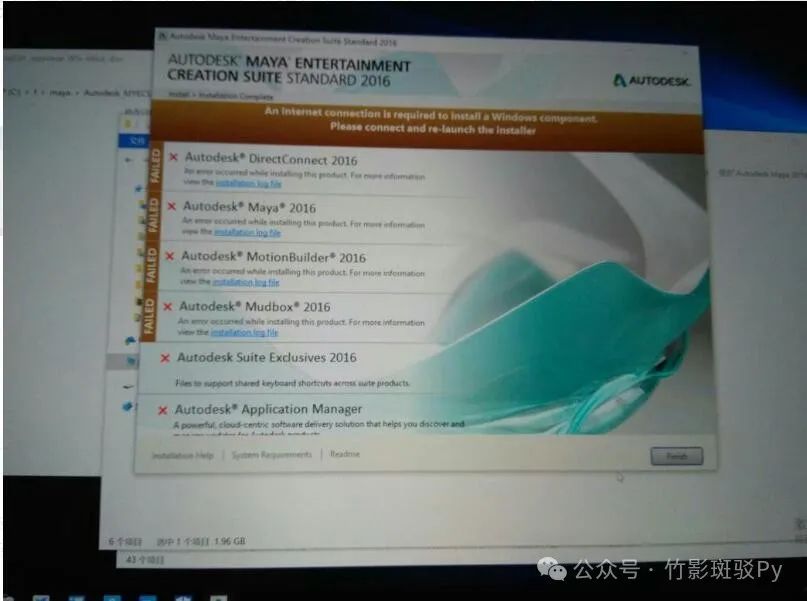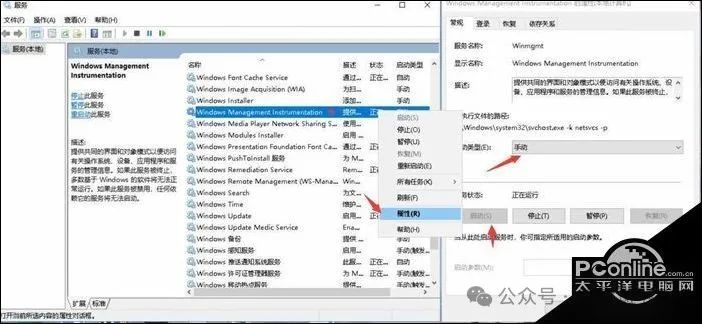1. Driver Development: Errors Shadow Us

In the field of C++ device driver development, error handling and exception management are like a hidden “shadow” that constantly affects the quality and stability of the driver program. When we eagerly expect the device to run smoothly, but encounter issues like the device not being recognized or data transmission errors, it often indicates a problem in the error handling and exception management process.
Imagine this: your meticulously written driver program suddenly “breaks down” when connecting to a new device. This is likely due to improperly handled device initialization errors. Or during data transmission, critical data is inexplicably lost, which could very well be due to poor management of data transmission exceptions. In C++ device driver development, these seemingly tricky problems can actually be resolved through effective error handling and exception management. This not only improves the stability and reliability of the driver program but also alleviates the burden for subsequent development and maintenance work. Today, let us delve into this important field together.
2. A Comprehensive Review of Error Types

In C++ device driver development, there are various types of errors, and understanding these error types is fundamental to effective error handling and exception management.
Compilation and Linking Errors
Compilation errors usually stem from improper syntax or incorrect use of language features. For instance, if you forget to add a semicolon after the curly brace when defining a struct, the compiler will mercilessly throw an error. Like the following code:
struct Example {
int value;
} // Missing semicolon here
The compiler will prompt an error message like “expected ‘;’ after struct definition”, clearly indicating that a semicolon is needed after the struct definition. This type of error is akin to forgetting to add punctuation in an article, which can confuse the “reader” (the compiler).
Linking errors often occur when the compiler attempts to combine multiple compilation units into a single executable program. Common undefined reference errors usually arise when functions or variables are declared but cannot be found during the linking phase. For example:
// file1.cpp
void func();
int main() {
func();
return 0;
}
// file2.cpp
// Missing definition of func function here
During linking, an undefined reference error for the func function will occur, prompting a message like “undefined reference to ‘func'”. This is similar to mentioning a concept in an article without explaining it anywhere.
Runtime Errors
Runtime errors only manifest during program execution and are often beyond the compiler’s capability to handle. A null pointer exception is a typical example; when the program tries to access a pointer pointing to a null address, this kind of error occurs. For instance:
int* ptr = nullptr;
*ptr = 10;
This will cause the program to crash because the null pointer does not point to valid memory space, making it impossible to perform the assignment operation.
Array out-of-bounds is equally dangerous; when accessing an array element with an index exceeding the valid range of the array, an out-of-bounds error occurs. For example:
int arr[5];
arr[10] = 20;
Although the compiler may not report an error during the compilation stage, at runtime, this could lead to erroneous data modification or even program crashes. This is akin to trying to enter the 10th room in a house that only has 5 rooms, resulting in a “collision”.
Hardware-Related Errors
In device driver development, hardware-related errors are also common. Device not responding errors usually occur when the device is not properly connected, there is a hardware failure, or the driver program is incompatible with the hardware. For example, when communicating with a device via a serial port, if the device is not powered or the serial cable connection is unstable, a device not responding situation may arise.
Communication failures are also common hardware errors. For instance, in SPI communication, if the clock signal is unstable or the data transmission line is broken, data transmission errors will occur. In practical development, you might encounter situations where, after sending data to an SPI device, you cannot correctly read the response data returned from the device, which is likely due to communication failure. These hardware-related errors are like “communication barriers” between the device and the driver program, requiring developers to carefully troubleshoot and resolve them.